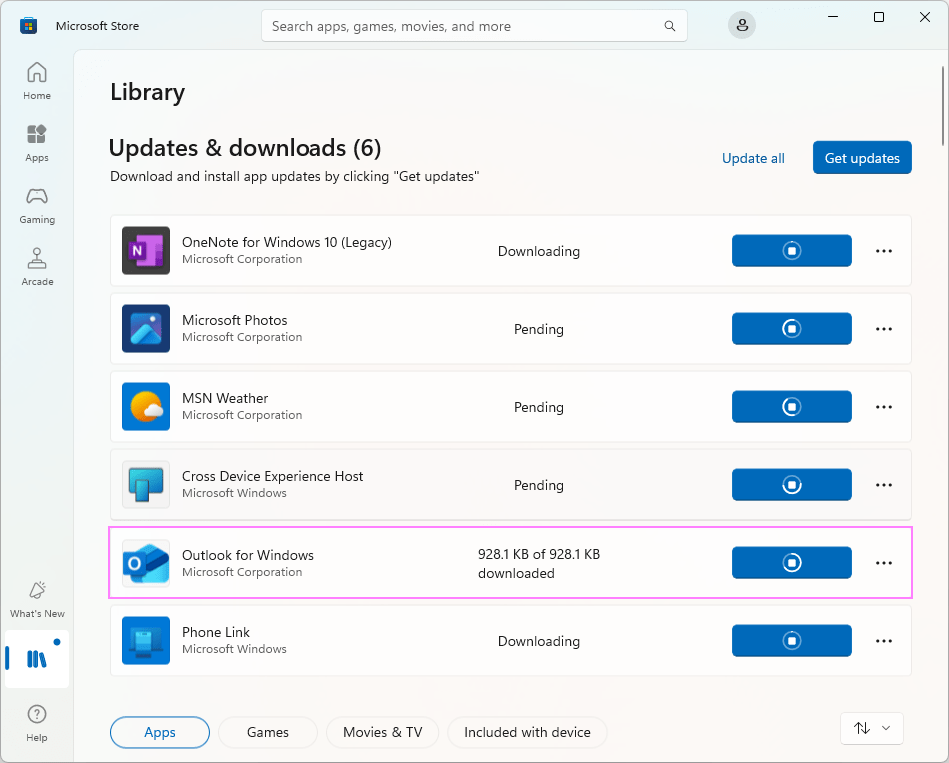Effective Ways to Write a Strong Letter to a Judge in 2025

How to Write a Powerful Letter to a Judge for Your Case in 2025
Writing a letter to a judge is a significant step in legal proceedings. In 2025, as the legal landscape evolves, understanding the nuances of judicial correspondence becomes even more crucial. This article will guide you through the essential elements of an effective letter, including its format, tone, and the importance of clarity in communication.
Understanding the Format of a Letter to a Judge
When drafting a legal letter to a judge, adhering to a clear format is vital. The format of a letter to a judge typically includes the following sections: your address, the judge's office address, a proper salutation, the body content, and a signature line. Begin with your address at the top right, followed by the date, and then the judge's mailing address on the left. The proper salutation is essential; addressing a judge appropriately reflects your respect for the court. Use "Dear Judge [Last Name]" as a standard template. This formal tone should echo throughout the document, reinforcing your intentions and the seriousness of your communication.
Content Structure of a Letter to a Judge
A well-structured letter enhances readability and ensures clarity of purpose. Start with a brief introduction of yourself, including your case number reference. This establishes your identity and clarifies the context for the judge. Follow the introduction with a paragraph outlining your case details and the reason for writing. It's also an opportunity to employ persuasive language, emphasizing specific requests or the impact of the case on your life. Each paragraph should follow a logical flow, gradually building your case while maintaining respectful language and a formal tone throughout.
Importance of Clarity and Conciseness in Legal Letters
Effective communication is one of the core responsibilities when addressing the court. Clarity of purpose is paramount in writing a letter to a judge. Ensure each sentence communicates your intentions without excessive jargon or ambiguity. This clarity not only aids the judge in understanding your points but also showcases your respect for their time and efforts in handling cases. Concise writing is another essential element; letters that are too lengthy can dilute your message and might lose the judge's interest. Stick to the main points and structure your content with clear headings if needed.
Adopting the Right Tone for a Letter to a Judge
The tone of your letter can significantly influence how your message is received. A respectful and formal tone reflects your acknowledgment of the judge's authority and the legal system as a whole. Maintain an empathetic tone that falls within the bounds of professionalism. Using emotional appeal is appropriate when clarifying the implications of your case on personal life and urges for support. Avoiding confrontational language and demonstrating sincerity can create a more favorable impression. Regular tools such as legal letter templates can help maintain this balance effectively.
Utilizing Emotional Appeal While Respecting Formal Norms
While your main focus should be on the facts of your case, integrating emotional appeal can add depth to your letter. However, this must be done judiciously. Emphasizing personal hardships or how the judicial decision impacts your circumstances requires a careful balance between emotional expression and factual representation. It's vital to remain honest in communication while weaving in personal narratives that resonate with the judge's understanding of human circumstances. This strategy can enhance your letter’s effectiveness and help in achieving outcomes aligned with your requests.
Addressing Concerns and Highlighting Key Points
When outlining your concerns in the letter, it's crucial to address them succinctly while highlighting key points. Framing each concern effectively can guide the judge's understanding of your situation, moving towards the case's resolution. It may also help to include supporting documents as evidence of your claims, reinforcing your arguments with factual data when possible. Use a clear, formal tone while maintaining a structure that emphasizes relevance to the case. Summarizing your key arguments towards the end can also help in maintaining focus and reinforcing your objectives.
Best Practices for Writing a Letter to a Judge
As you draft your letter, implementing best practices can significantly enhance its impact. Make sure to proofread the letter meticulously before sending it. Spelling or grammatical errors can undermine the professionalism of your correspondence. Moreover, incorporating a summary of key facts and an appreciation for the judge's time can exemplify respect and understanding of court protocols, while emphasizing your case's specifics.
Including Supporting Documents When Necessary
Sometimes, a letter alone won't provide enough context. Including relevant supporting documents can illustrate your claims better and bolster your letter's objectives. If your letter discusses issues such as financial hardship or family circumstances, attaching documents like pay stubs, medical records, or affidavits can enhance the persuasive element of your correspondence. Always mention in your letter what documents you are including and how they relate to your plea.
Final Adjustments: Signature and Closing Statement
Concluding your letter should be as intentional as starting it. A well-written closing statement summarizes your gratitude and reiterates your requests to the judge. Phrases such as “Thank you for considering my request” can be effective. Your signature should follow your closing statement, signaling a polite end to the communication. Always sign by hand if delivering a physical copy and ensure that your contact information is also included, making it easy for the judge or their office to reach you if needed.
Key Takeaways
- Clarity and conciseness are crucial as you draft your letter to a judge.
- Use formal tone and respectful language throughout the correspondence.
- Incorporate emotional appeal judiciously to connect effectively while maintaining professionalism.
- Always include relevant supporting documents when necessary to reinforce your case.
- Proofread your letter for grammatical accuracy and clarity before submission.
FAQ
1. How should I start my letter to a judge?
Begin with your address, followed by the judge’s office address, and use a respectful salutation such as “Dear Judge [Last Name].” Clearly introduce yourself and state your case number to set the context.
2. What tone should I adopt in my correspondence with a judge?
Your tone should be formal, respectful, and professional throughout the letter. Maintaining a serious tone demonstrates your acknowledgment of the court’s authority and exemplifies respect for the legal process.
3. How long should a letter to a judge be?
A well-structured letter to a judge should typically be concise, ideally between one to two pages. Ensuring clarity and directness in your writing will help maintain the judge's interest and effectively communicate your points.
4. Can I include personal experiences in my letter?
Yes, including relevant personal experiences can enhance emotional appeal and provide context. However, it's essential to balance personal anecdotes with clear, factual information to maintain professionalism and respect.
5. What should I do after sending my letter to the judge?
After sending the letter, it's essential to follow-up appropriately. Keep a record of your delivery and allow reasonable time for a response before reaching out again, ensuring you do so courteously.
In summary, writing a letter to a judge requires attention to detail, adherence to formal guidelines, and a respectful tone. Following the outlined practices can make your letter impactful and meaningful in guiding the judicial process.

